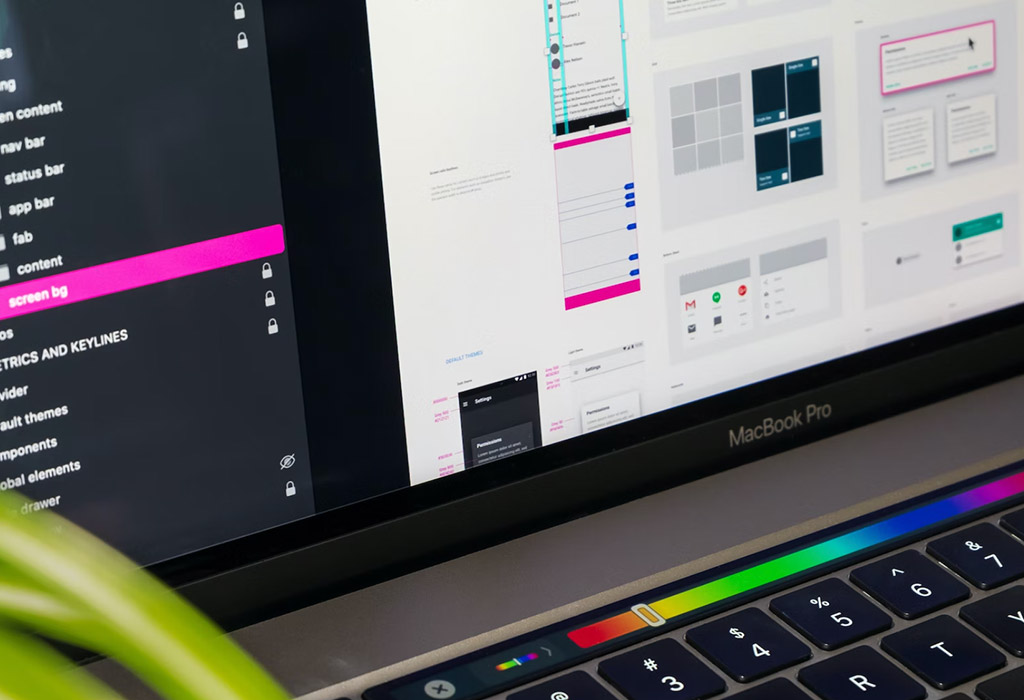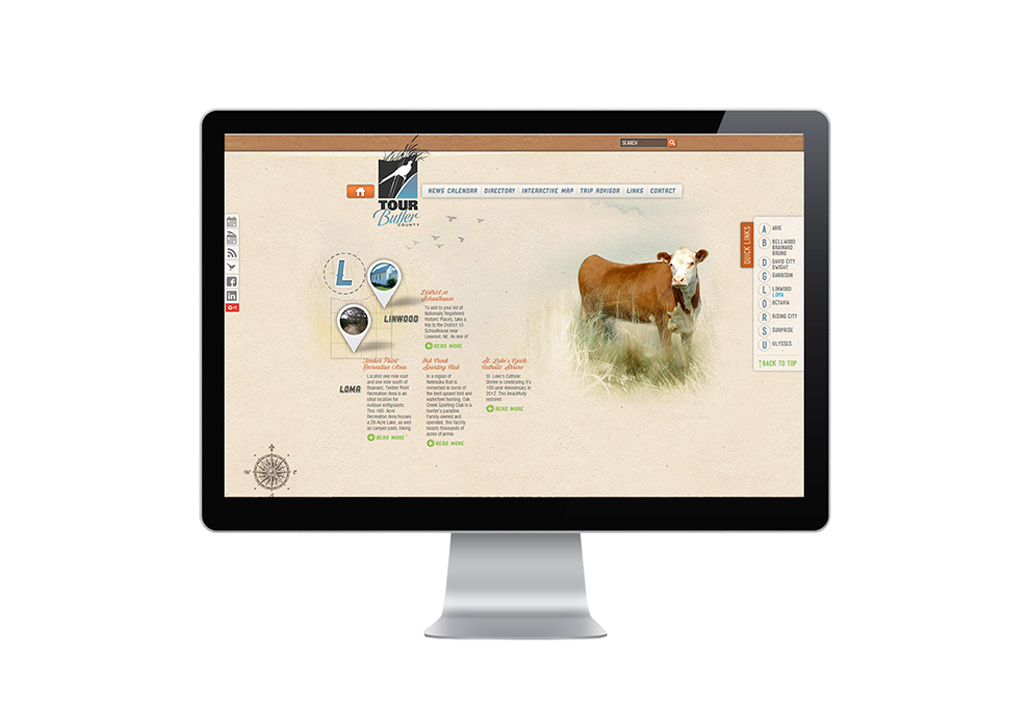What is Interaction Design?
Interaction Design (IxD) defines the structure and behavior of interactive systems. Interaction designers strive to create meaningful relationships between people and the products and services that they use, from computers to mobile devices to appliances and beyond. Our practices are evolving with the world.
The Interaction Design Association (IxDA)
Goal-Driven Design
Usability
- Learnability: how easily can a new user learn to navigate the interface?
- Efficiency: how quickly can users perform tasks?
- Memorability: if a user hasn’t visited the system in a while, how well will they remember the interface?
- Errors: how many errors do users make, and how quickly can they recover from errors?
- Satisfaction: do users enjoy using the interface, and are they pleased with the results?
The Five Dimensions
- 1D: words should be simple to understand, and written in such a way that they communicate information easily to the end user.
- 2D: visual representations are all graphics or images, essentially everything that is not text. They should be used in moderation, so as to not overwhelm.
- 3D: physical objects or space refers to the physical hardware, whether it’s a mouse and keyboard, or a mobile device a user interacts with.
- 4D: time is the length that the user spends interacting with the first three dimensions. It includes the ways in which the user might measure progress, as well as sound and animation.
- 5D: behavior How does the user react and feel when interacting with the system.





